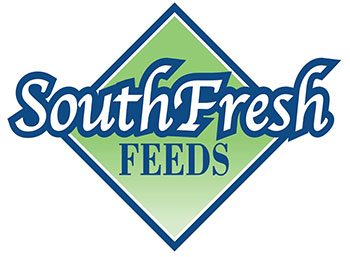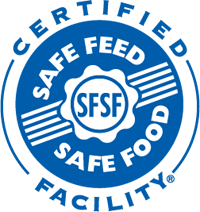SouthFresh Feeds is constantly involved in active research to better understand exclusive species needs and meet the unique nutritional demands of that species. While we have on staff nutritionist, we also consult with other leading nutritionist to assure the end user of a product that is nutritionally formulated to meet the specific needs of the species they are raising.
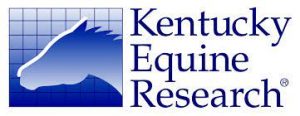 SouthFresh Feeds have also entered a relationship with Kentucky Equine Research (KER) as a KER Partner. Kentucky Equine research is one of the world’s leading equine nutrition research centers. Some of the most respected nutritionist, scientist and researchers in the world work daily in KER Research facilities to develop and feeds feed products to provide the very best nutrition for equine. Their products are used daily in all types of horse production situations and they are included in the barns of leading horse trainers throughout the thoroughbred horse industry. Southfresh is proud to be a partner with KER and to be able to work with them in manufacturing SouthFresh Horse Feed.
SouthFresh Feeds have also entered a relationship with Kentucky Equine Research (KER) as a KER Partner. Kentucky Equine research is one of the world’s leading equine nutrition research centers. Some of the most respected nutritionist, scientist and researchers in the world work daily in KER Research facilities to develop and feeds feed products to provide the very best nutrition for equine. Their products are used daily in all types of horse production situations and they are included in the barns of leading horse trainers throughout the thoroughbred horse industry. Southfresh is proud to be a partner with KER and to be able to work with them in manufacturing SouthFresh Horse Feed.
SouthFresh Feeds is a Safe Feed/ Safe Food Certified Facility. The Safe Feed Safe Food Certification Program is a voluntary, third-party-certified initiative designed for feed mills and feed and ingredient related facilities in the United States and Canada. The program establishes comprehensive standards of excellence that go beyond existing regulations to show leadership and maximize food and feed safety. Healthy productive animals mean a safe, sound food supply, and it starts with “Our Responsibility, Our Promise” to provide the best feed for dairy and beef cattle, swine, horses, poultry, fish and companion animals.
Best Aquaculture Practices (BAP)
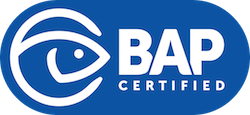 SouthFresh Feeds is BAP Certified. This certification is verification that producers are following best practices to deliver farmed seafood safely and responsibly. Best Aquaculture Practices is a seafood specific certification program that addresses the four key areas of sustainability- environment, social, food safety, and animal health and welfare- at each step of the production chain. Best Aquaculture practices recognize four stars of the production chain- hatchery, farm, feed manufacturing facility and processing to assure this sustainability. Retailers throughout the world are recognizing the importance of such a certification and some are requiring this certification from suppliers of fresh farm raised aquaculture products. SouthFresh Feeds is very proud to be one of the first two certified feed mill facilities in the United States.
SouthFresh Feeds is BAP Certified. This certification is verification that producers are following best practices to deliver farmed seafood safely and responsibly. Best Aquaculture Practices is a seafood specific certification program that addresses the four key areas of sustainability- environment, social, food safety, and animal health and welfare- at each step of the production chain. Best Aquaculture practices recognize four stars of the production chain- hatchery, farm, feed manufacturing facility and processing to assure this sustainability. Retailers throughout the world are recognizing the importance of such a certification and some are requiring this certification from suppliers of fresh farm raised aquaculture products. SouthFresh Feeds is very proud to be one of the first two certified feed mill facilities in the United States.
FDA Medicated Facility
SouthFresh Feeds is also an FDA Certified Medicated Feed Manufacturing Facility. This certification means that we have shown the knowledge to be able to further manufacture FDA controlled feed drugs and further manufacture them for producers to use on their farm with an approved Veterinary Feed Direction (VFD). To obtain this, we have shown that we can manufacture feeds with the recommended drug levels for disease control and prevention, can control drug inventory and cross contamination concerns and can implement a recall program if any issues arise from manufactured feed.
Extruded Feeds
Extrusion is a process where the ingredients are first ground and mixed, then cooked with moist heat to a high temperature. The resulting mash is then pushed through a die to shape it. The sudden drop in pressure after the feed emerges from the die into the cooler air causes the starch molecules to explode into a nugget shape. This process makes the starches and other nutrients easier to digest and absorb increasing nutrient availability. The process also reduces dust and fines and provides and extended shelf life over other feed manufacturing types.
Pelleted Feeds
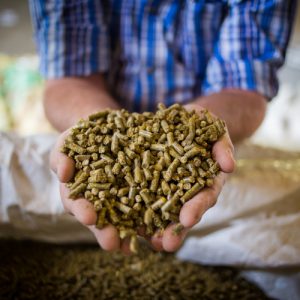 Pelleted Feeds is a process where ground ingredients are formed into larger particles through heat, pressure, moisture and binding agents. The particles are forced through a die and formed into pellets or cubes. The process follows the similar process of a extruded feed except there is less heat and pressure involved. The pelleted feed does not experience the nutrient popping of an extruded feed and does not have the extended shelf life as an extruded feed does. The pelleted feed is normally more palatable, less waste and less sorting by the animal over a textured feed.
Pelleted Feeds is a process where ground ingredients are formed into larger particles through heat, pressure, moisture and binding agents. The particles are forced through a die and formed into pellets or cubes. The process follows the similar process of a extruded feed except there is less heat and pressure involved. The pelleted feed does not experience the nutrient popping of an extruded feed and does not have the extended shelf life as an extruded feed does. The pelleted feed is normally more palatable, less waste and less sorting by the animal over a textured feed.
